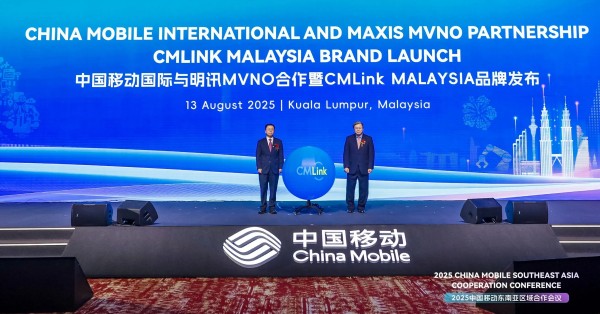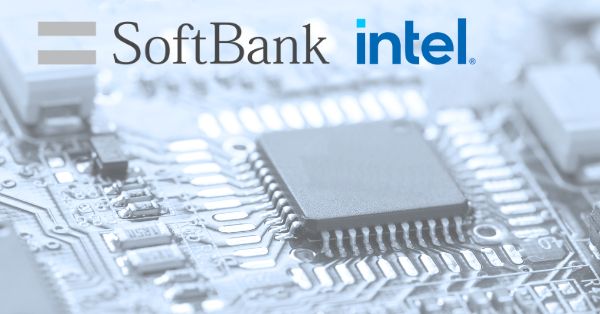Federal Communications Commission (FCC) chair Jessica Rosenworcel outlined a plan to integrate satellite and terrestrial networks during a session this week at MWC23 Barcelona by proposing a new regulatory framework.
Through the FCC’s Notice of Proposed Rulemaking (NPRM), satellite operators collaborating with terrestrial service providers would need to obtain authorization to operate space stations on a currently licensed, flexible-use spectrum that are allocated to terrestrial services.
The FCC seeks to expand coverage to a terrestrial licensee’s subscribers, which would also increase the availability of emergency communications, according to the NPRM.
“By providing clear rules, I believe we can kick start more innovation in the space economy while also expanding wireless coverage in remote, unserved, and underserved areas. We can make mobile dead zones a thing of the past,” she said in the Leadership for Future Connectivity session. “But even better, we have an opportunity to bring our spectrum policies into the future and think about how we move past the binary choices between mobile spectrum or satellite spectrum.”
Rosenworcel stated the NPRM was designed to facilitate more collaboration between terrestrial mobile network operators and satellite service providers and that she believed it was the “first effort of its kind anywhere in the world.”
The NPRM also included mobile-satellite service allocation to a class of terrestrial flexible-use bands that have no primary, federal, or non-federal satellite allocations, which would permit satellites to provide Supplemental Coverage from Space (SCS) to terrestrial networks.
“What is clear is that with the growing interest in the possibilities of convergence of satellite and terrestrial services, an ad-hoc, case-by-case approach to these new ventures is not enough,” she added.

































